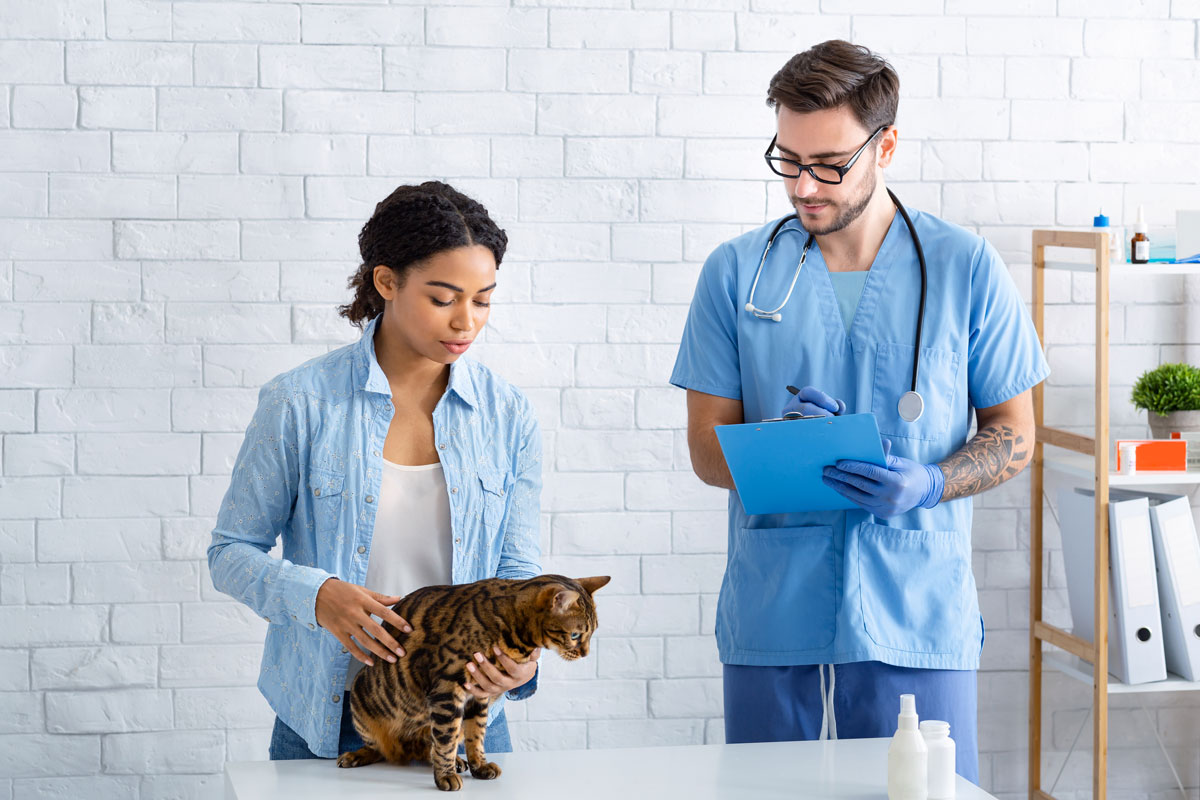Both dogs and cats need to be treated carefully after surgery. Cats have a specific make-up which means that focus must be given to ensure the best possible outcome. When taking care of your cat after surgery, start by planning the ride home. Many cats spend the car ride telling stories about their favorite vets and nurses. Excitement is easily mistaken for pain. Remember your surgeon won’t send your cat home until the pain is well controlled. That being stated, you should treat your cat by addressing the following:
The First Night – Expect your cat to stay in the hospital at least one night after surgery. The first night at home is often the hardest. For some patients, constant fussing can worsen their anxiety. It is often best to be brave and give your cat a little space.
Appetite – Most cats have a poor appetite when they experience stress. Try feeding frequent small portions of your cat’s favorite food. Heating food increases palatability and kills food-borne germs.
The litter tray – Delayed urination is common, and constipation is very common. Contact your local team if you see unproductive straining or no urination over a 24 hour period.
Pain Control – Instructions are always printed on the label. Duration of use depends on the operation.
Wound Protection – Most cats are skilled surgeons, capable of picking apart a suture line in seconds. Be prepared for another operation if you choose to remove your cat’s collar.
Exercise Restriction – Most cats believe they are unstoppable within hours of an operation. Preventing running and jumping is the best way to avoid a major complication.
Feline Motion – Cats are light on their feet only when they walk or trot. Running and jumping require enormous propulsive forces. Propulsion is generated by the hindlimbs.
House Arrest – A single room is only safe if the following conditions are met. First, the room must be small enough to stop your cat from running. Secondly, there must be no furniture taller than a foot. Lastly, the likelihood of escape must be zero.
Cage Confinement – An injured bone or joint takes several weeks to heal. Catastrophic failure is most likely if your cat runs or jumps during this critical healing period. Cage rest gives your cat its best chance of safe recovery without needing a complex and costly second operation.
As with any treatment plan, if you have questions or concerns talk to your veterinarian.

